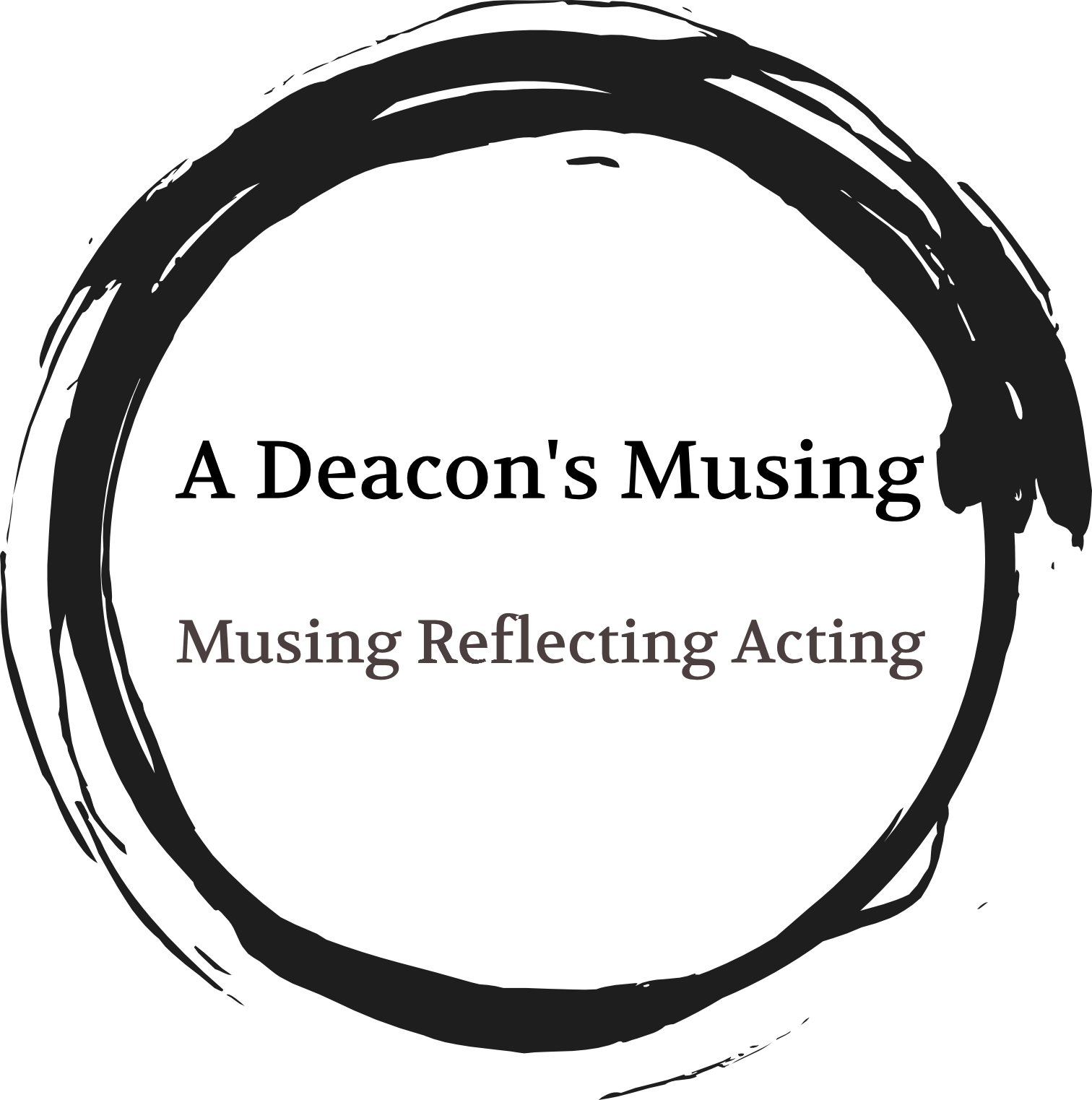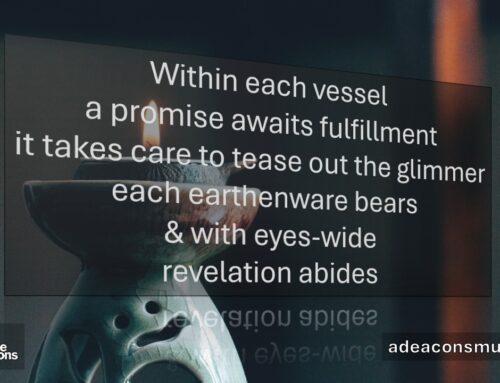I am most fortunate in the ministry in which I find myself. A significant portion of my role falls under the umbrella of leadership. Though that may seem like a broad-stroke, maybe even ambiguous, description, what it means to me is that I get to think about, reflect upon, engage in wonderful conversations and imagine practical ways to nurture great leadership in the church!
Connected – and just as importantly – I play with tangible ways that leadership links the church to the future. What, therefore, may we need to consider as the church imagines its place in society 10, 20 years from now and beyond? Just as fortunately, I recently had one of those great conversations … which of course got me to musing … Thus, the next few blogs about leadership & the church will explore the following:
Lay Liberation
How we understand leadership – the lens through which we expect leaders to operate – is reflected onto those who are led. As with much in this unfolding leadership exploration, it remains important to remember when discussing the laity that these observations and ideas are more generality than authoritative. This caution, if you will, is that there are nuances and contexts that will often present an alternative. That having been said, the Inside/Outside and Sage/Guide metaphors we have used in the series, generally also speak to the way congregations have experienced leadership.
Rather than assume that everyone knows what lay, laity or, in fact, congregation mean, let's take a step back and take a moment to explain them. In institutional religion, including my Christian context, the church community is sometimes described in two parts: Ordered and Lay. Ordered often refers to those who have had formal theological and religious education that allows them to perform the role of a minister, pastor or deacon (to use only a few examples). The Laity, therefore, are those Brothers and Sisters of a religious community who have not followed the same institutional process to be designated as 'clergy.' The distinction, more broadly, identifies those in a community who are representative of a professional designation (Ordered/Clergy) and those who are not (Laity/Congregational Members).
For those Inside the church, the relationship with leadership can be described as directive. The professional comes up with the idea and the laity helps implement it. There are certainly variations in this model, but the world for those Inside often see the Clergy as a Sage – one who offers direction to the community. Such direction can range from social justice and spiritual matters to the practicality of governance and finances. For those Outside, however, leadership is often not seen as directive, but, rather, as facilitative. Though there are certainly 'professional' designations/training, the Sage becomes a Guide – one who helps the community (laity) do that to which it has felt called. That, again, can range from social justice and spiritual matters to the practicality of governance and finances.
As we have attempted to explore these differences, which often are generational in nature, it is important to remember the critique is not a judgement or absolute. Its intention is to help the church begin to understand the differences with which it is confronted as it attempts to go Outside. How we prepare leadership in the church, whether Lay or Ordered, cannot be an either/or. Just because we have been called as Christians to go out into the world, does not mean in any way that we abandon those Inside, who sometimes see the world through a different lens. That having been said, how we prepare leadership to enable and nurture a laity that is resilient and innovative to engage those Outside will be more and more of a growing edge.
One practical example of this model of preparation, from my own experience, is in respect to the previous discussion about Evangelism in the 21st Century and the growing edge of social media. Though The United Church of Canada (UCC) has a professional model of leadership in respect to Clergy, it does not have one that is geared (generally) to a multiple staff environment, such as in other church contexts. In other Christian denominations, there are professional roles that are responsible for evangelism in the digital environment. As such, the UCC Sage model of leadership becomes cumbersome when imagining sharing what the church brings to the world Outside, as there is only so much that one person can do in a day.
Social Media, for its rich potential, is a time consuming and immensely nuanced ecosystem. To expect the Sage model to be able to continue to operate in its traditional expression is neither cost nor time effective. How this form of evangelism is embraced, however, will require a communal commitment to engage in that space. In so doing, the Inside and Outside may very well discover one another in a manner that is currently limited. If done well, as with all new relationships, change is probable. Change – in the Christian idea of aspiring toward transformation – is central to who we are when we share our beliefs and also recognise that in embracing the Other, our differences and similarities may very well create opportunities we have yet to imagine …
In the final blog, therefore, imagining how to create those opportunities is important. How we begin to dream about engaging with those Outside has many possibilities. As we pause, until the next musing, what might dreaming appreciatively mean in this time of change?







Your reflections are most welcome!